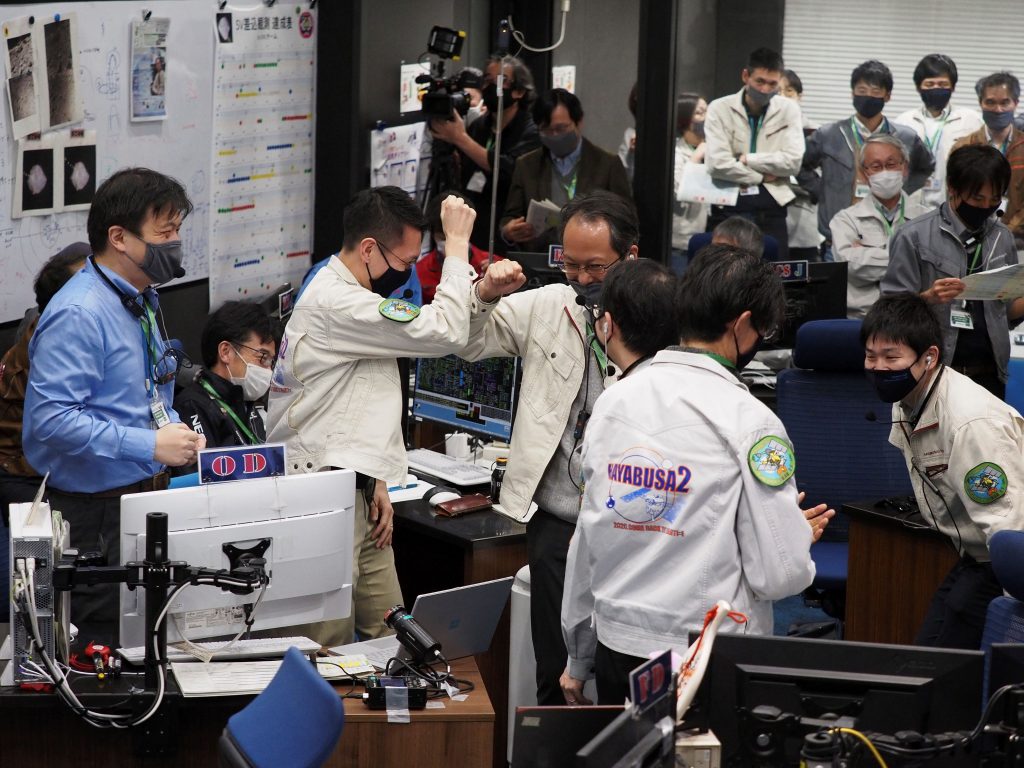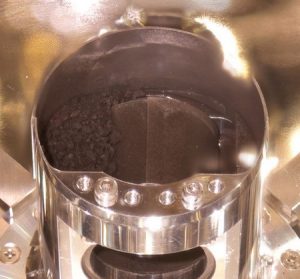
- ARAB NEWS
- 29 Apr 2024

TOKYO: A capsule that Japan’s Hayabusa2 unmanned asteroid probe brought to Earth contains sand collected apparently during its first landing on asteroid Ryugu in February 2019, its operator said Tuesday.
Many black particles as large as a few millimeters in diameter were found in a sample container in the capsule, according to the operator, the Japan Aerospace Exploration Agency, or JAXA.

“We’ve successfully collected much more than we expected,” a JAXA official said.
The capsule landed in a desert in southern Australia on Dec. 6 and was recovered by JAXA. After gas samples were extracted from the capsule, it was airlifted to Japan and arrived at JAXA’s Sagamihara Campus in Kanagawa Prefecture, south of Tokyo, on Dec. 8.
The sample container has three compartments, including the one intended to keep sand samples collected during the first landing. JAXA opened the compartment in a vacuum environment and found the particles inside.
“They surely weigh more than our target of 100 milligrams,” the official said.
JAXA also said it has judged that gas samples extracted from the capsule are also from Ryugu. JAXA is the world’s first that has succeeded in collecting gas components from deep space, according to the agency.
On Monday, JAXA said it found many black sand particles inside the container. The organization plans to open another compartment, which is believed to contain samples collected during its second landing in July 2019, including those blown from under the ground when the Hayabusa2 produced an artificial crater.
JIJI Press